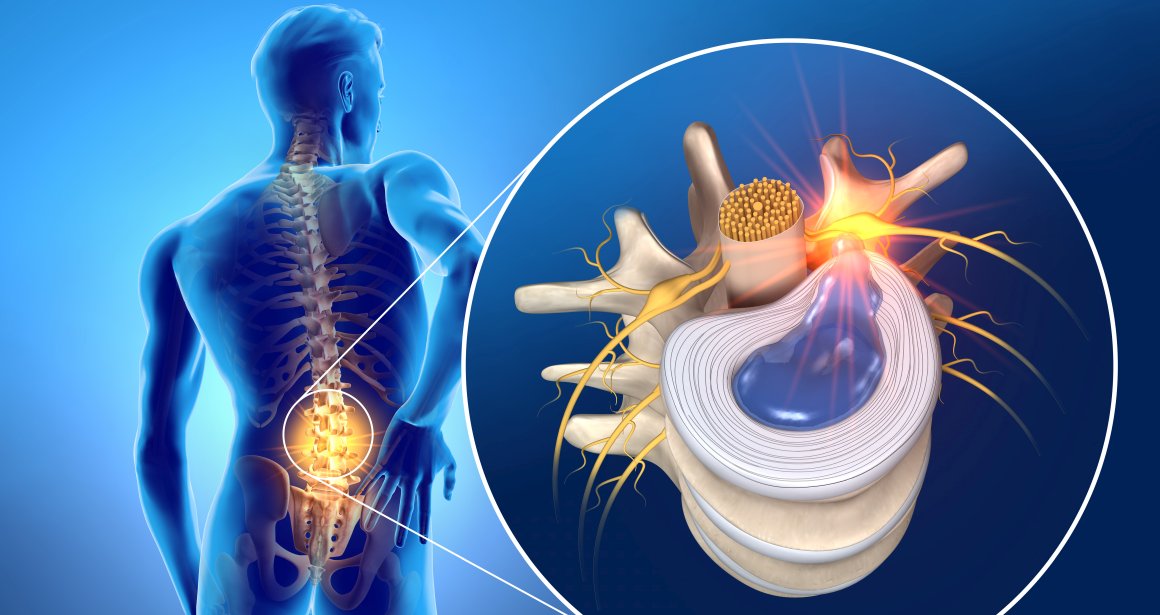
When people have low back pain, most often they self-diagnose as having a “herniated disc.” But do you really have a herniated disc? To answer that, let’s first understand the anatomy of the “disc.”
Also known as an intervertebral disc, it is a spongy cushion between each vertebra. Discs are hydrophilic, meaning they contain mostly water, and their water content peaks in the morning and decreases throughout the day. When lying down, discs rehydrate by absorbing fluid, while activity during the day causes them to release some fluid due to pressure.
This is why you are actually slightly taller in the morning, believe or not.
The amount of water a disc can hold peaks in your mid-20s and declines with age. More water allows more movement, which increases the chance of herniation. This makes younger individuals more prone to disc herniations, especially after forceful bending, lifting, or twisting.
For those over 50, the likelihood of disc herniation decreases as the water content of the discs declines. While it’s still possible, it’s much less likely.
If you’re young and feel like your low back pain is caused by a disc herniation, we understand how painful and debilitating it can be. At Your Neighbor Physical Therapy, we’ve helped many younger patients recover through manual therapy, dry needling, and therapeutic exercises. If you want to avoid surgery, pain medication, or injections, give us a call.
We can help you get back to doing what you love.
Book a free, no-obligation consultation!